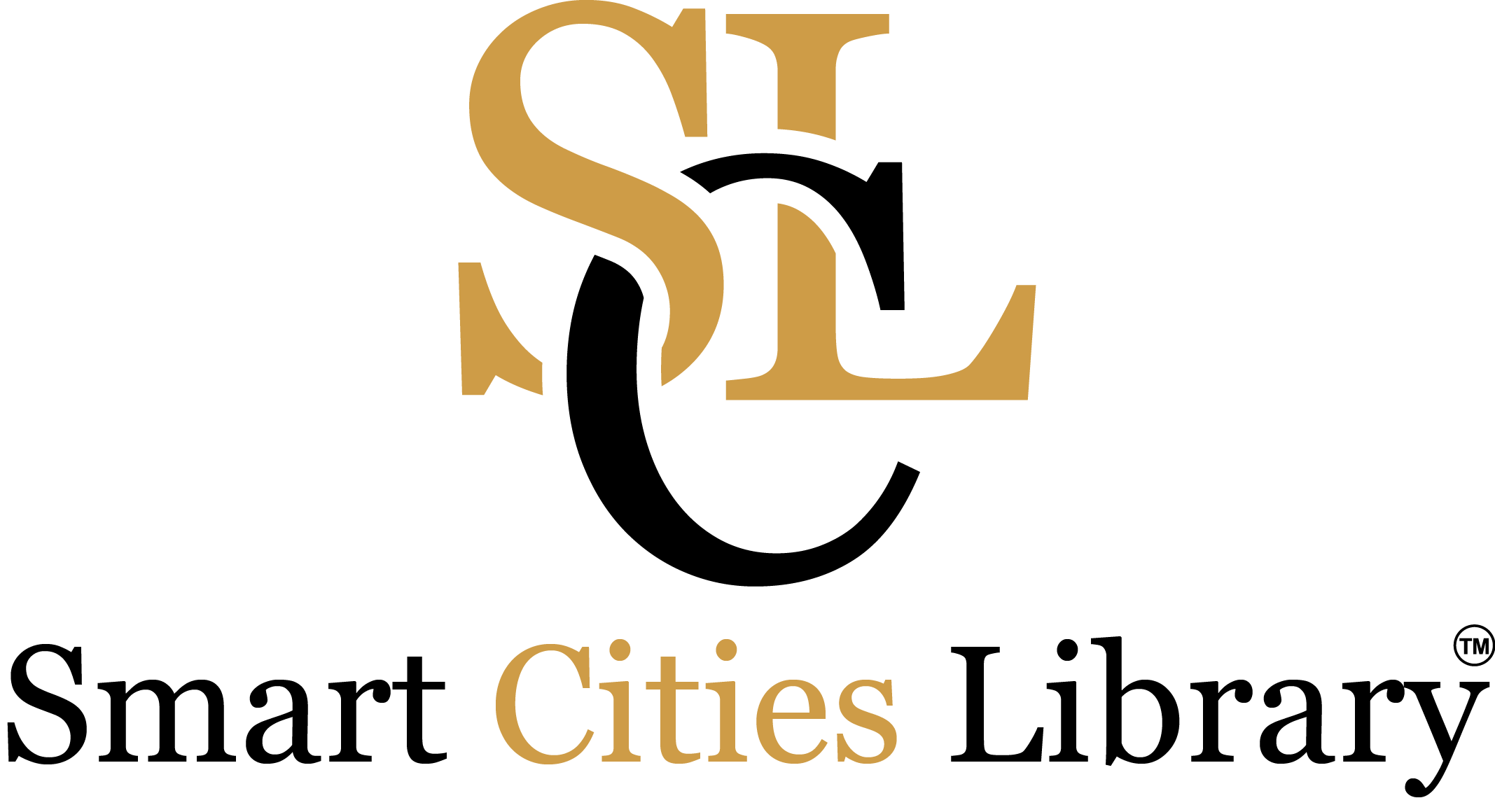Austin is Fast Becoming The Most Livable, Accessible & Inclusive Smart City In the U.S.
Building cities and societies for human diversity and social inclusion is becoming a global mandate and Austin is about to do it all.
Austin Skyline and Lady Bird Lake from the Hyatt Panorama View
Date Feb. 8, 2017
Author: Darren Bates
AUSTIN, TX — We are at a historic moment in inclusive social and economic development, fueled by technological advances. Like so many municipalities across our nation, the City of Austin seeks to improve livability, workability, and sustainability.
However, Austin has work to do. For far too long Austin has failed to consider the unique ways physical and social barriers limit the participation of persons with disabilities and other historically underserved populations from accessing and enjoying city benefits, services, and products.
As well, the lack of participation of persons with disabilities, people of color and other equity groups in Austin’s urban affairs is one of the biggest challenges facing our central Texas city….
Read More 





















